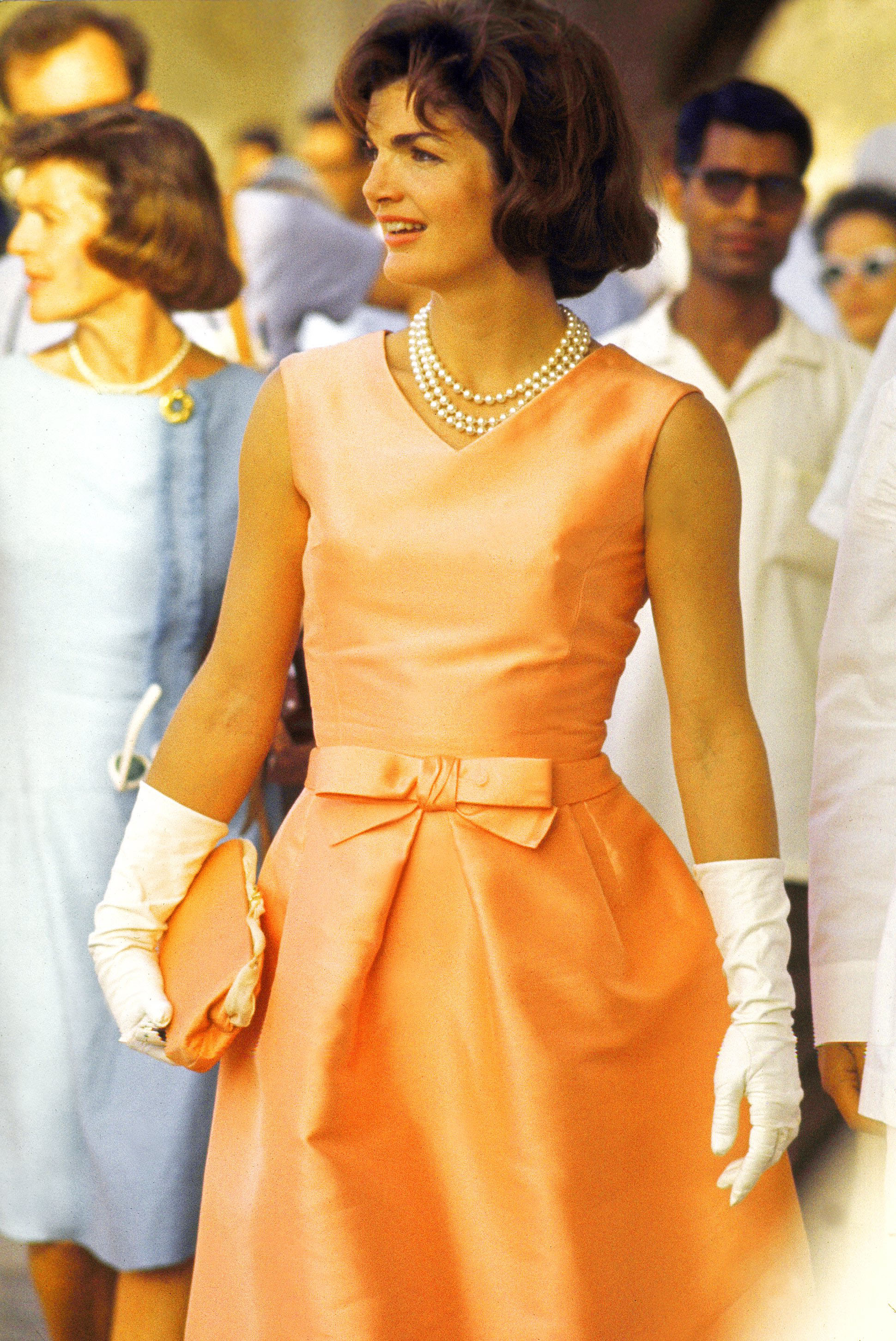
It’s hard to imagine a job in which the clothes you wear to work are more closely scrutinized than that of the First Lady of the United States. Not even the President is so meticulously judged. And in any event, choosing between a dark suit or a tan suit (gasp!) doesn’t leave a whole lot of room for error.
The First Lady’s fashion choices are — and always have been — imbued with political power and laden with controversy, as I learned the National Archives’ event “Style and Influence: First Ladies’ Fashions,” a raucous panel discussion—not an oxymoron, turns out—moderated by Project Runway’s Tim Gunn. Fashionistas present included Valerie Steele, museum curator at the Fashion Institute of Technology, Lisa Kathleen Graddy, curator at the Smithsonian’s First Ladies Collection and designer Tracy Reese.
Admirers have praised Michelle Obama’s elegance — Gunn called her “divine” — while her critics have lambasted her informality (remember Shortsgate?). But striking the delicate balance between the need of the First Lady to meet high fashion standards while appealing to America’s populist inclinations has always preoccupied the women who’ve held the office.
Dolley Madison (in the White House 1809 to 1817) was derided for being too flashy for American tastes, even though her most well-known dress, a red, high-waisted, no-corset, “empire style” gown, evokes the republican values of ancient Rome. Dolley’s famous red dress is rumored to have been made out of White House curtains she rescued from British arsonists during the War of 1812 — a legend that is, tragically, almost certainly just that.
By the latter half of the century, Dolley’s sleek gowns were old news and American men were all about that bass, no treble. That fuller look was reflected in the wardrobe of the Harriet Lane, the niece of lifelong bachelor President James Buchanan and the first person to be called “First Lady” by the press (they simply didn’t know what else to call her).
According to one writer in the 1880s, “No man would stay long with a woman whose skinny buttocks he could hold in the palm of one hand,” said FIT’s Valerie Steele. And as Tracy Reese noted, we may have come full circle on the big-bottomed style of the era. “Sounds like Nicki Minaj,” she said.
Through the end of the turn of the century, the Roaring Twenties and into the Depression, some First Ladies wore the fashions of their era better than others. Edith Wilson, wife to President Woodrow Wilson, liked to do her own alterations to her clothes with mixed success—Gunn guessed she’d be the first jettisoned from Project Runway. And the image of Eleanor Roosevelt as intrepid if somewhat unfashionable is not altogether true. The Smithsonian’s Lisa Graddy told of a dress that looks conservative on a mannequin but that Mrs. Roosevelt wore with the sleeves removed and unclasped, giving the gown a “nice, draped, low back.”
“She was a bit of a minx,” added Gunn.
The First Lady’s fashion decisions have always had political impact but never more so than in the era of mass visual media, beginning roughly with Jackie Kennedy’s gilded tenure. Jackie’s famously expensive, quasi-aristocratic taste in clothes was such that GOP politicos deliberately tailored the styles of the next Republican woman to inhabit the White House, Pat Nixon, to strike an everywoman note meant to appeal to the supposedly average Americans in President Nixon’s “silent majority.”
Then in the 1980’s, Valerie Steele from FIT notes that Nancy Reagan “almost single handedly, transformed red from the color of Communist revolution to the color of Republicans.” Not a bad scalp for the better half of Mr. “tear down that wall.”
Not all First Ladies are particularly interested in fashion. Hillary Clinton was surprised by the amount of attention her clothes attracted, Steele said. And Laura Bush was largely uninterested in the kind of high-concept fashion thinking that preoccupied someone like Nancy Reagan, who, we’re told, meticulously labeled every dress with the last occasion on which it was worn.
The fashion pendulum has swung back again with Michelle Obama, who, notwithstanding her taste for affordable middle-brow threads (she’s a J. Crew fan), seems to have a personal stake in the statements she makes with her formal wear. Tracy Reese designed the dress Obama wore to the 2012 Democratic National Convention, a dress that was delivered with sleeves attached, Reese said. Obama, who has a well-known fondness for going sleeveless, personally had the sleeves removed.

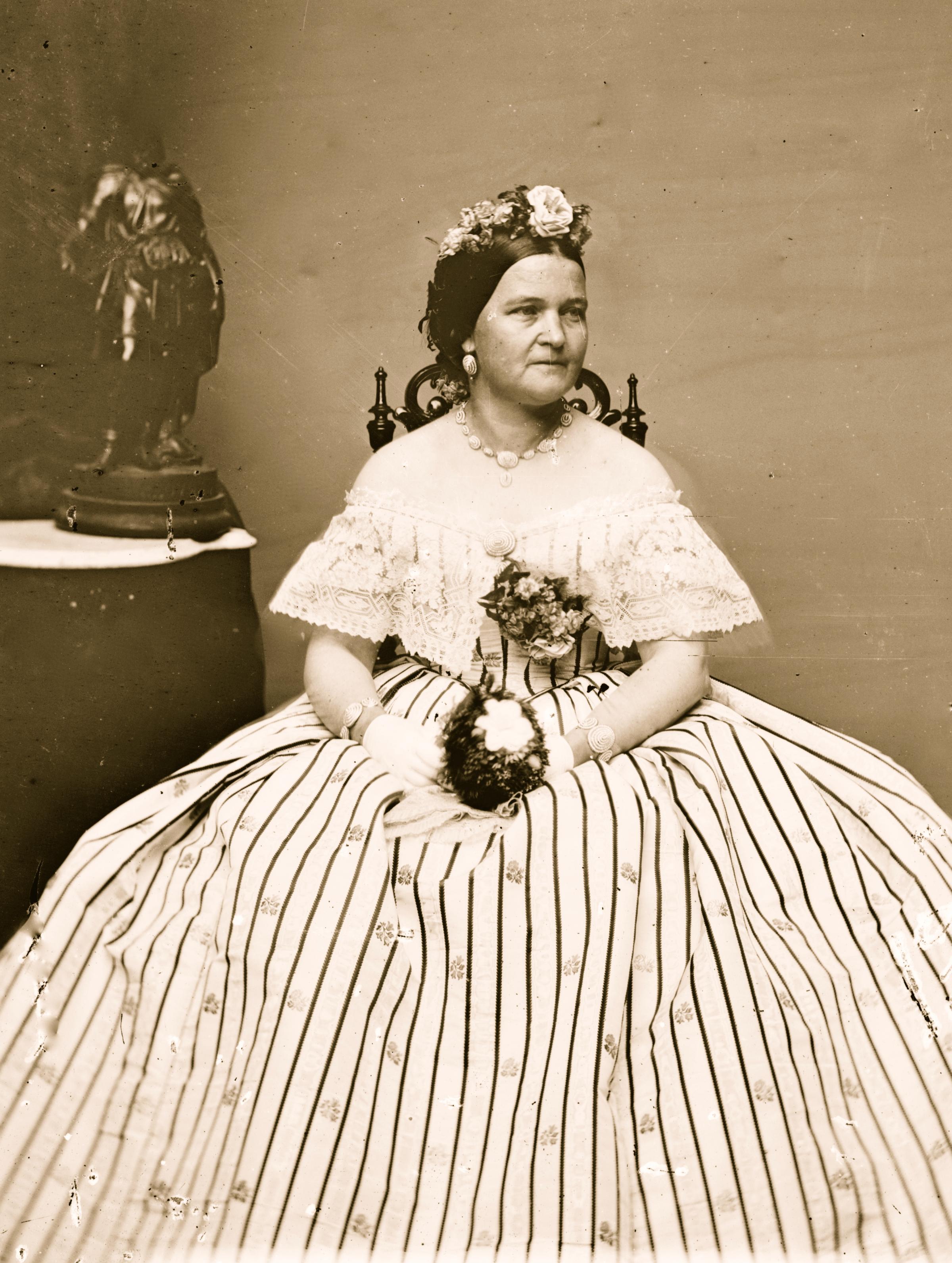



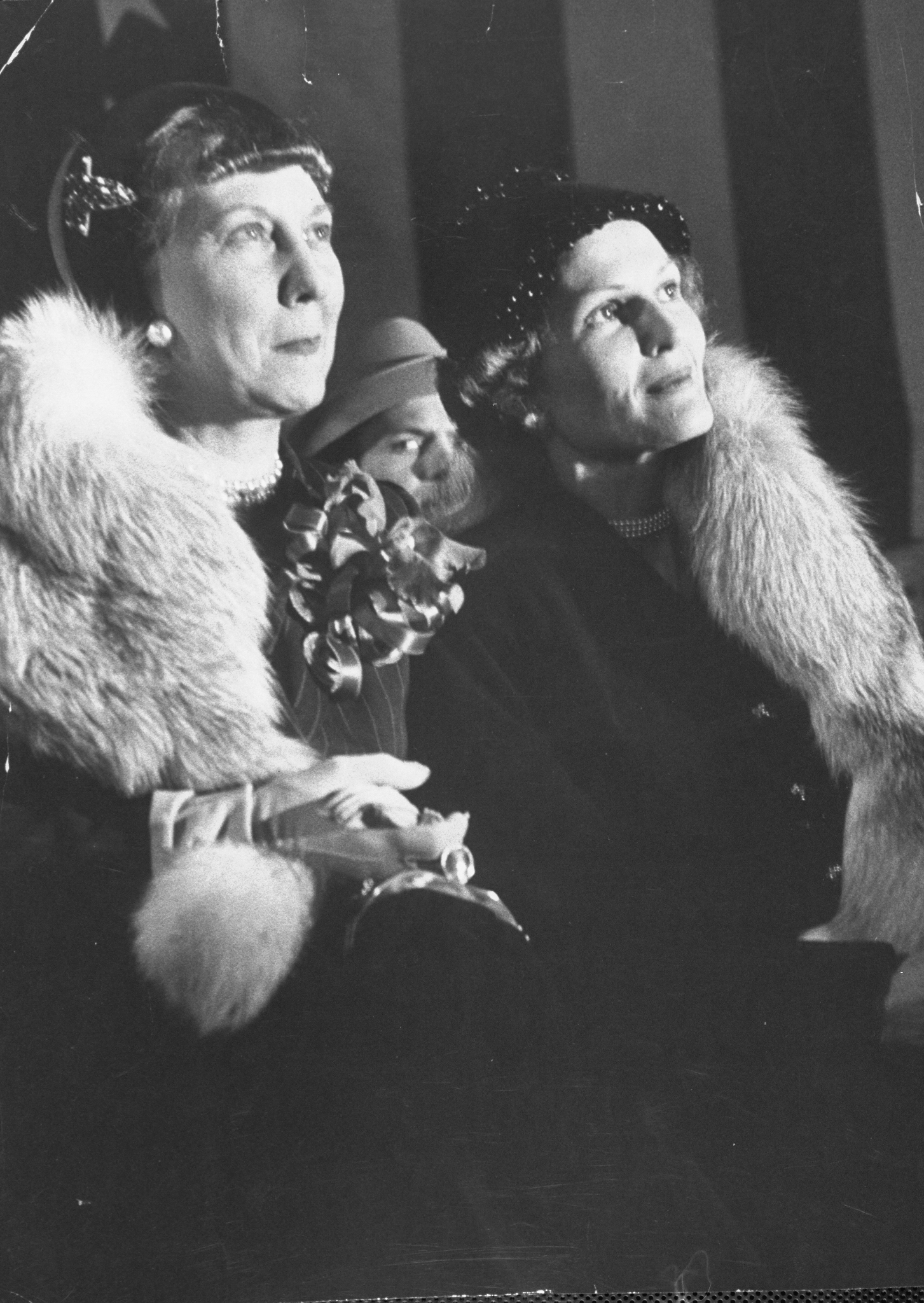
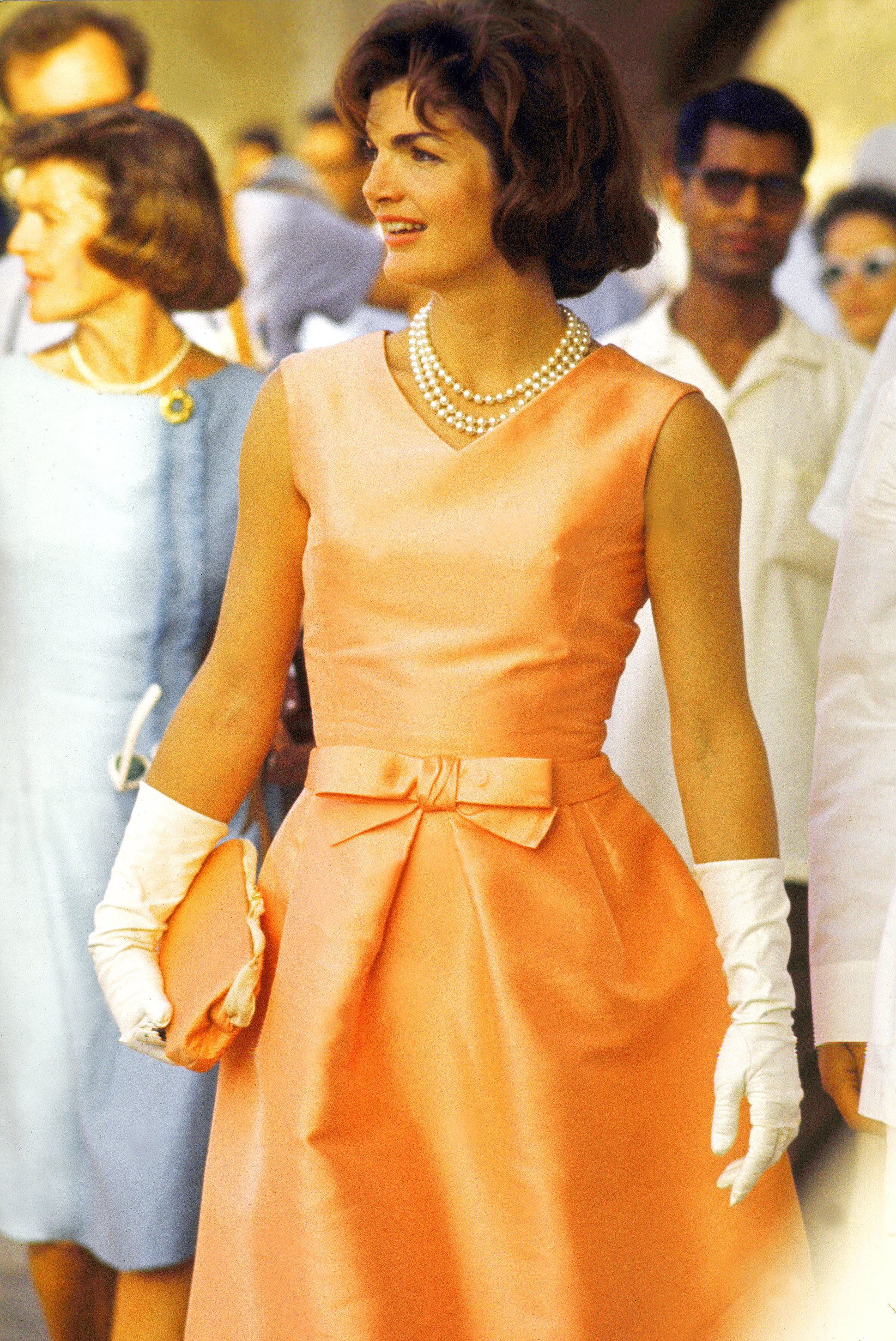


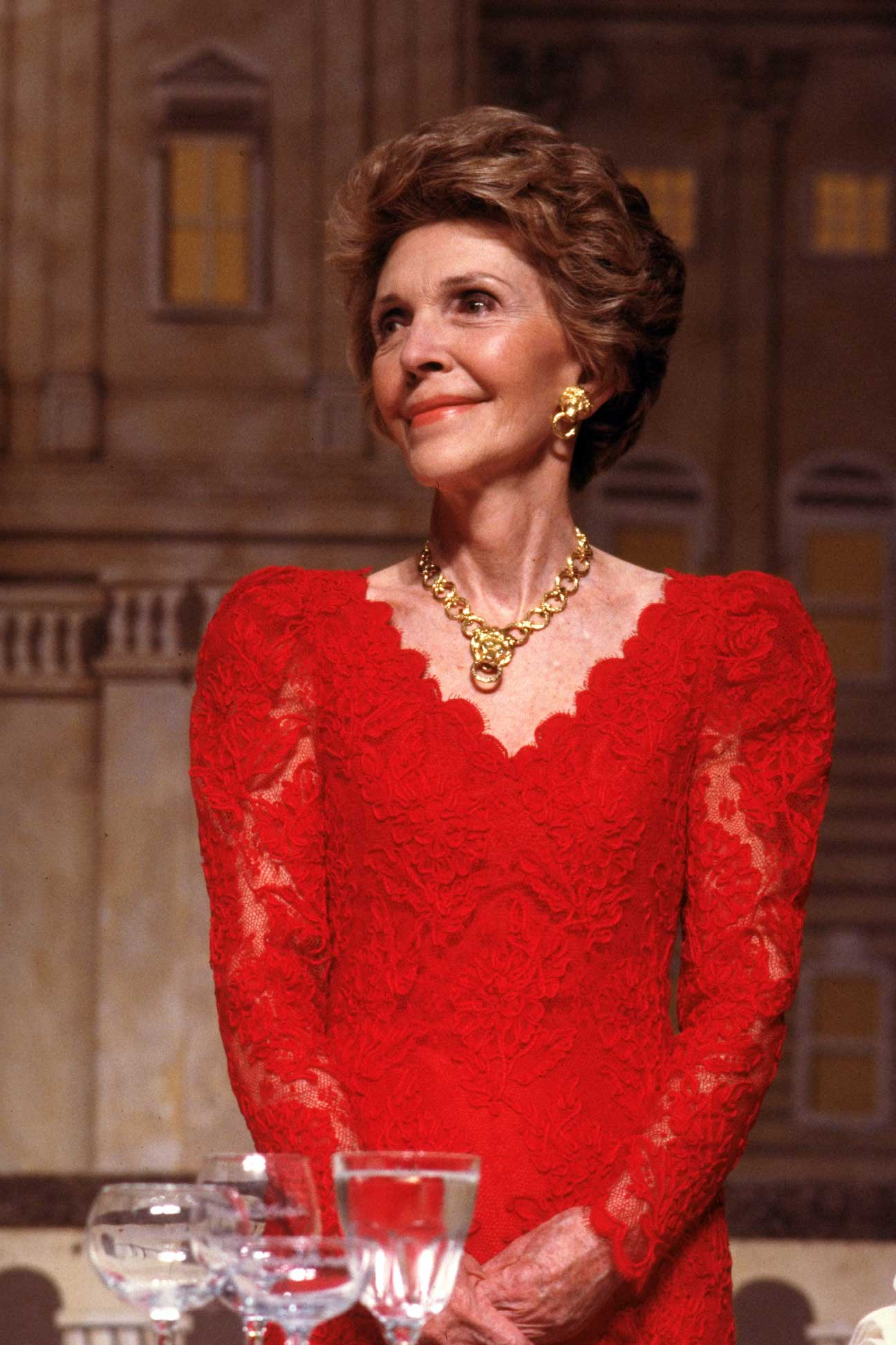

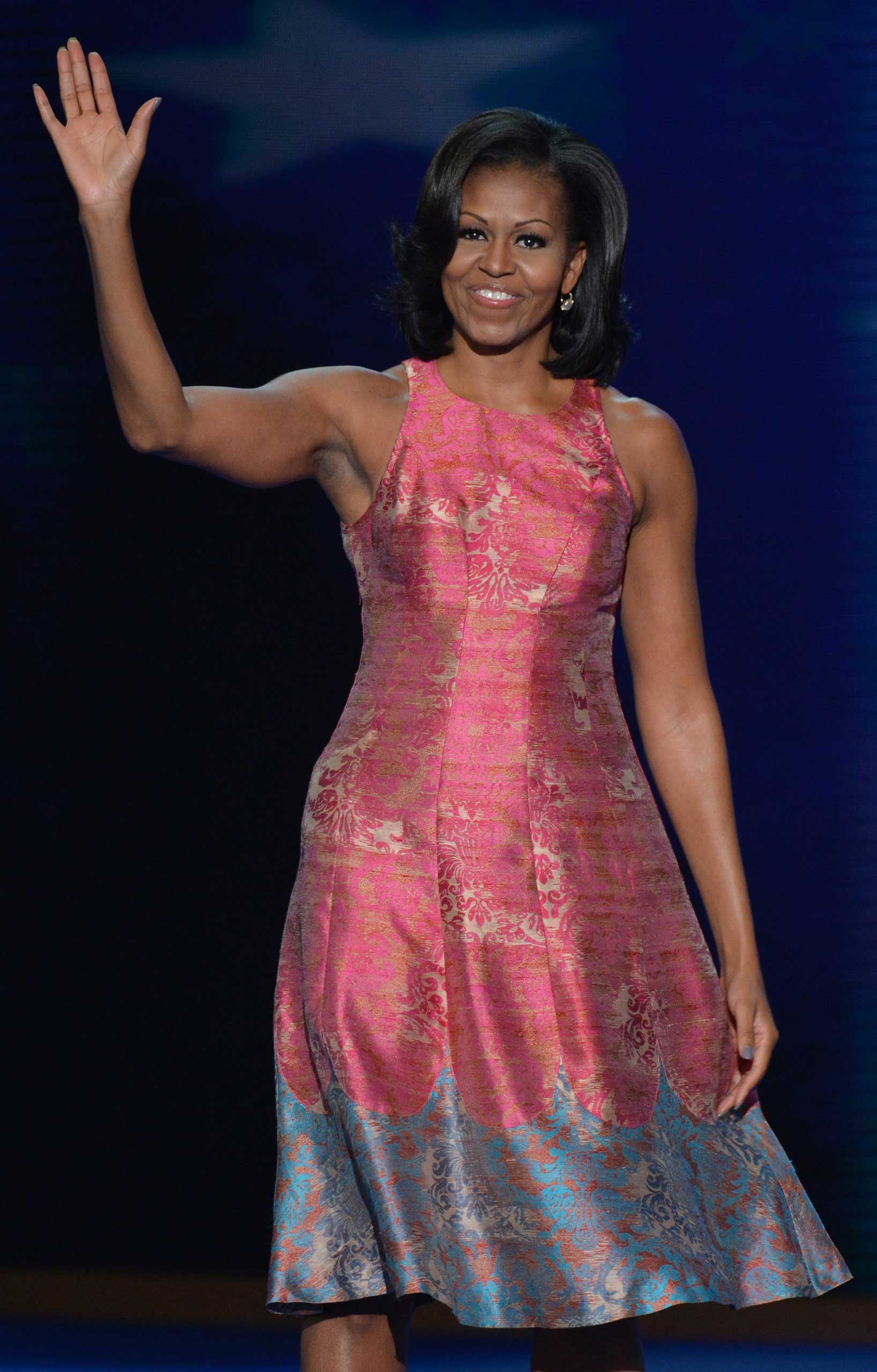
More Must-Reads from TIME
- Cybersecurity Experts Are Sounding the Alarm on DOGE
- Meet the 2025 Women of the Year
- The Harsh Truth About Disability Inclusion
- Why Do More Young Adults Have Cancer?
- Colman Domingo Leads With Radical Love
- How to Get Better at Doing Things Alone
- Michelle Zauner Stares Down the Darkness
Contact us at letters@time.com